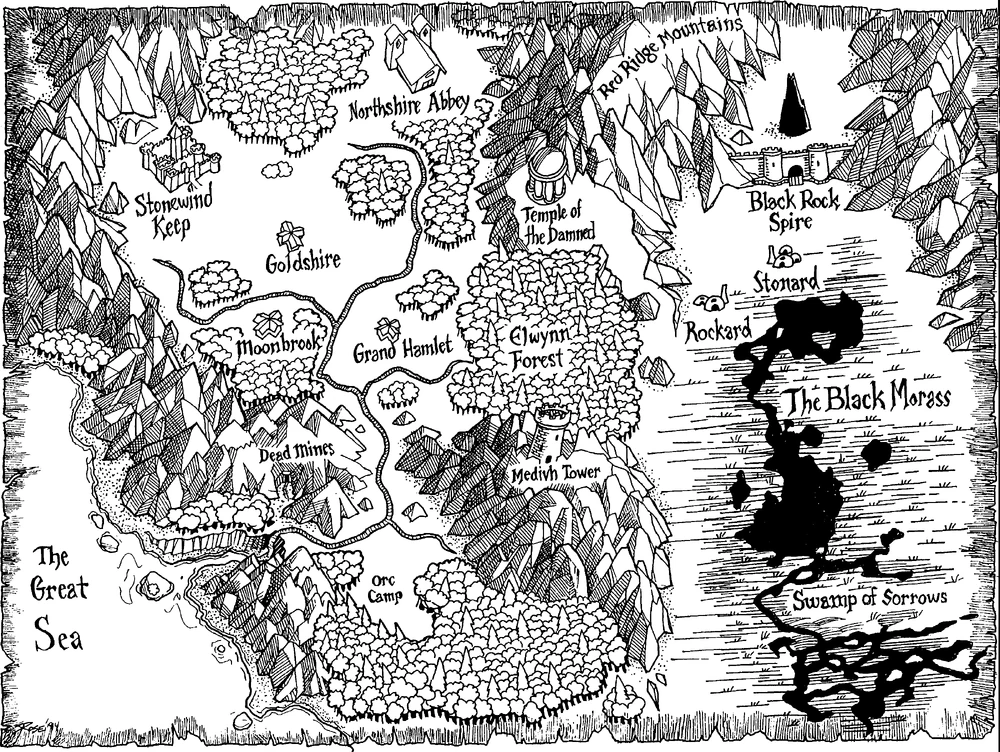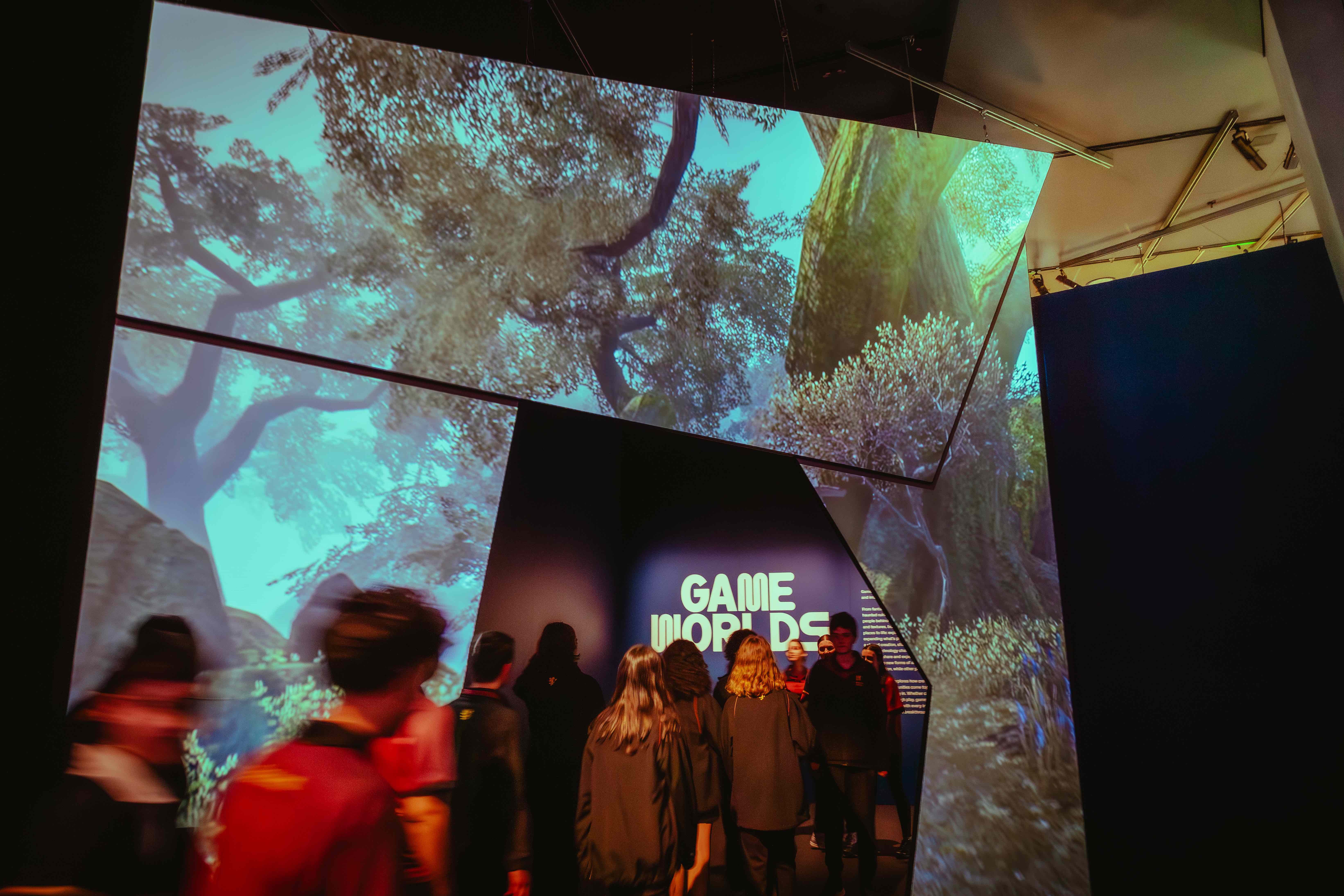
Game Worlds learning resource | Secondary
Spanning over 50 years of play, Game Worlds features more than 30 videogames from the 1970s to today, with 44 playable moments alongside original builds, rare design materials and hands-on prototypes you won’t find anywhere else. You'll also discover four new microgames made exclusively for ACMI by Australian developers - from nostalgic dial-ins to playful perspective shifts.
Make the most our of your visit to Game Worlds with activities inspired by the exhibition's focus on the magic of videogame design and the energy of its player communities.
The floor plan (below) provides a preview of the exhibition journey.
Our resource targets years: 7–11 Media
Teacher note:
These activities can be completed individually, in groups or as a class, using either writing, discussion or collaborative work. Internet access and use of a device are often required. Check the classification, including content and age recommendations, of any videogames explored in the classroom to ensure they are appropriate for your students.
This resource has been created by secondary Media teacher Victoria Giummarra.
Before visiting
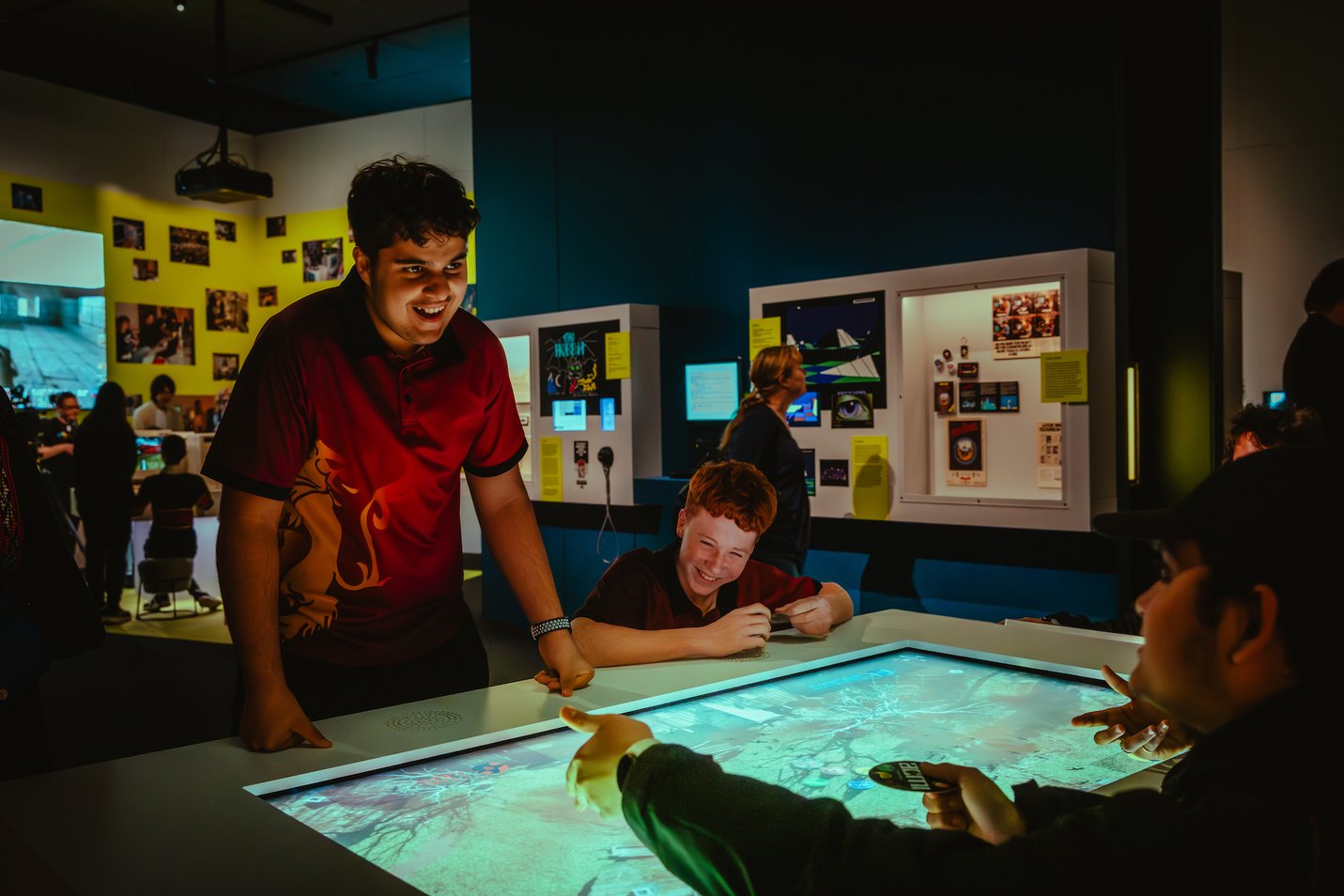
People and purpose: understanding playable worlds
Videogames are part of a long history of game play that allows players to explore stories and characters from other worlds.
- What are some examples of ‘playable’ worlds that existed before videogames were developed? One example would be board games – list as many others as possible.
- What characteristics do these early playable worlds share with videogames that you know of or play today? These could be elements such as challenges, items or rewards. Give thought also to the role/s that players take. Note these ideas down.
- Why do people enjoy spending time in virtual game worlds, and what skills or experiences can playing games give them?
- In many videogames, players create an avatar, a character that represents themselves, to make the game feel more personal. Sketch out what your ideal avatar might look like. Research the concept known as 'player-avatar identification’ and consider how new technologies can affect people through this connection.
Technologies and production: evolution and influence
Over time, and with developments in technology, early forms of playable worlds have grown into today’s videogames, played solo or with others online. Like all media products, each videogame uses specific technologies to create a unique visual style and player experience.
- Explore the timeline of video consoles and game development found here. Chart the major developments of each decade, from the 1940s to the 2020s. When did the most significant developments in media technologies occur in the gaming landscape? Make notes on how these have altered both the look and style of game worlds, and also how people may play or connect with games. Give some examples to support your ideas.
- Start creating a Games Glossary focusing on terminology relevant to how games are played and experienced. Find (or create your own) definitions for the following words:
- avatar
- worldbuilding
- modding
- simulated ecosystems
- speedrunning
- pixel art
- LAN
- interface/UI
- MMO
Communal game play
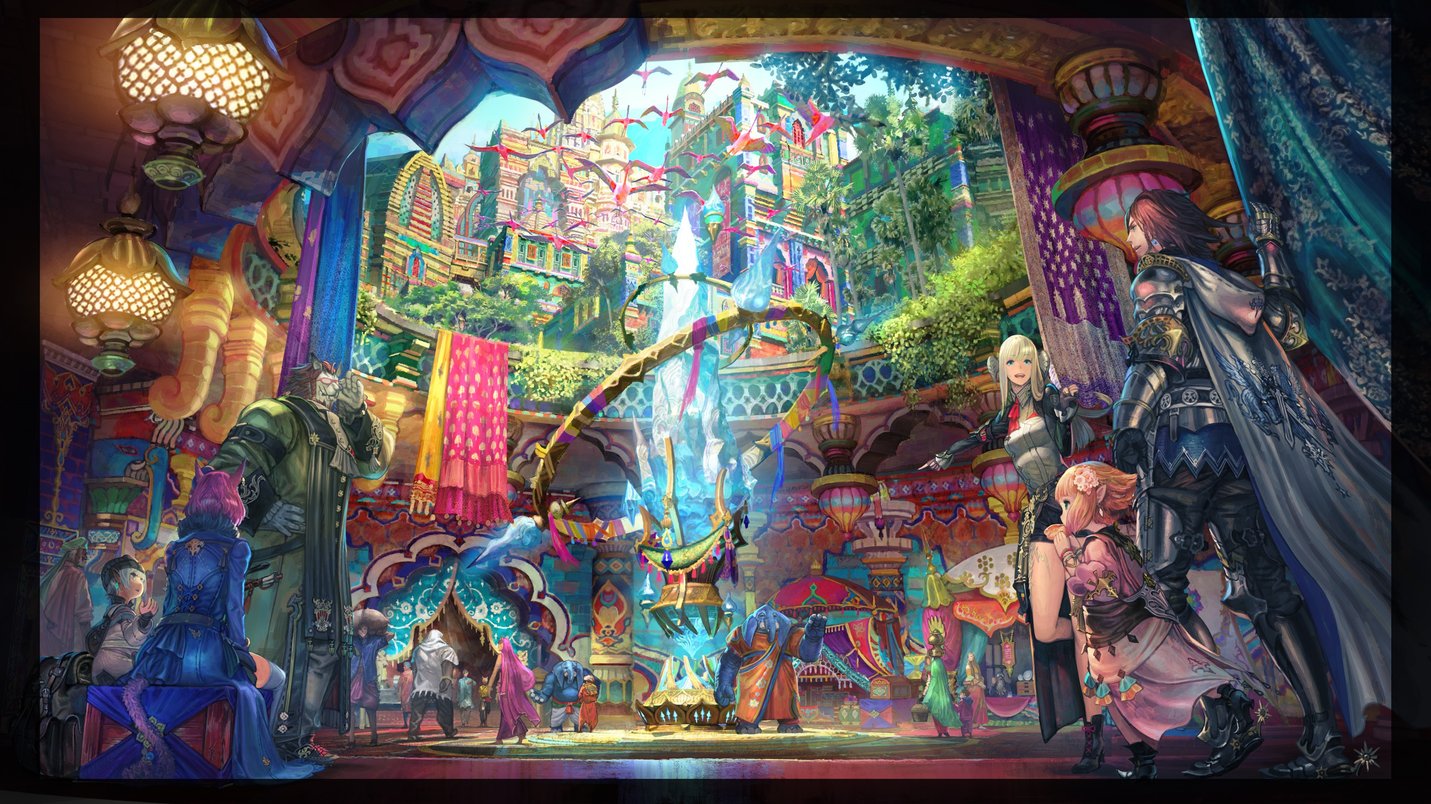
Technology has made LAN gaming and MMO experiences possible, changing the ways audiences engage with videogames. Gaming can now be much more communal, with players interacting in the same virtual world.
- Create a table to list the personal and social advantages and disadvantages that come with this form of play.
Retro aesthetics
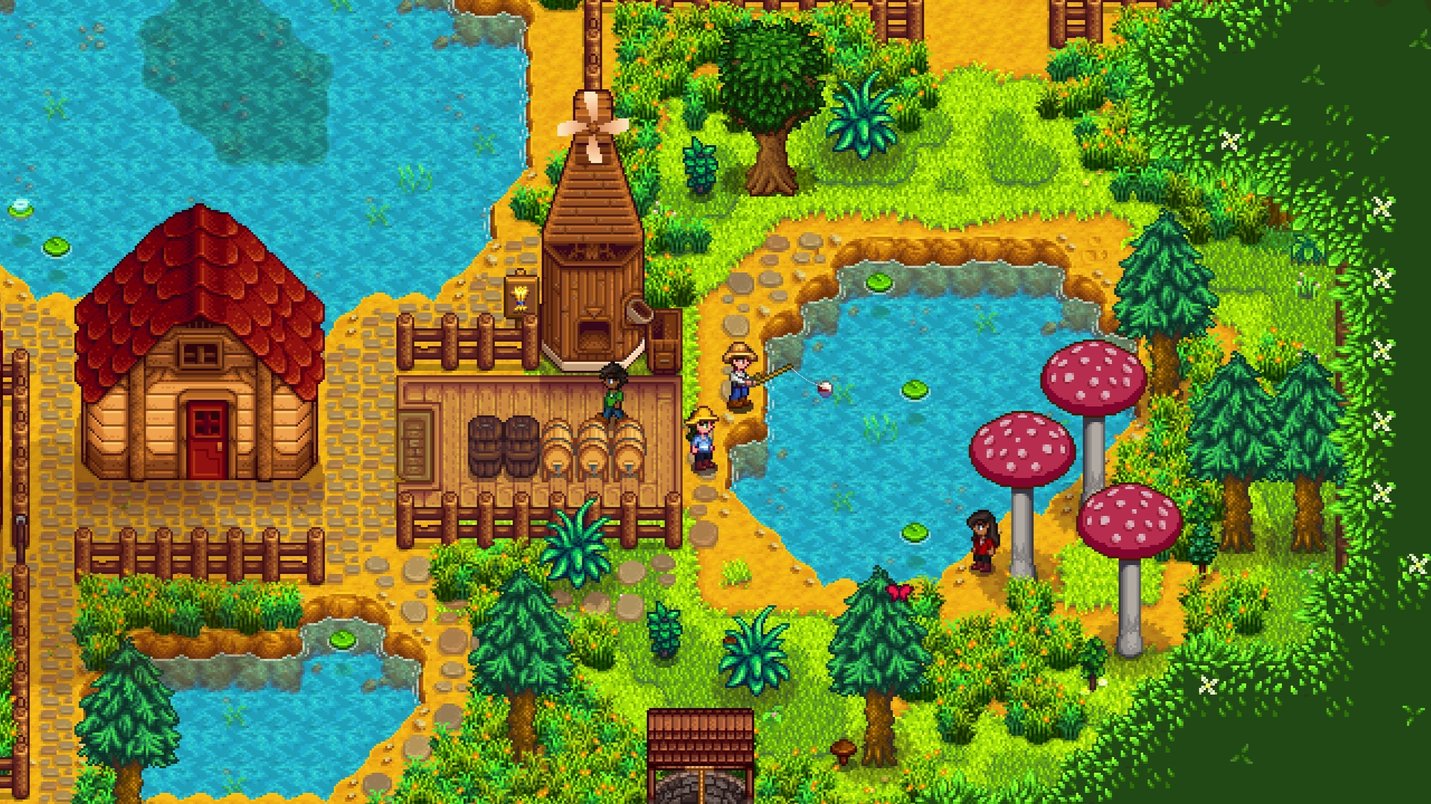
- Many modern games are designed to have deliberate retro aesthetics, such as 2D (two dimensional) style, pixel art, limited colour palettes and simple sound effects. Think about why developers might choose this style, perhaps for creative reasons, or for saving money, or because of trends in the games industry. Choose a game with this kind of retro look, and find out more about its development and the design choices made in its creation.
Ideas and perspectives: crafting stories and representations in games
Like all fictional media products, videogames include carefully crafted representations (portrayals) of characters and worlds that help to convey stories. These often reflect ideas and values from the world in which they are set, as well as from the context in which they are created.
- Videogame narratives often involve ‘lore’. Research this term and add a definition to your Games Glossary. From a story-telling perspective, what might lore add to a game and how might this enhance the experience of its audience/players? Work in a group to create lore for a well known retro game that doesn’t have any.
- The ‘quest’ is a common story element or plot device in many videogames. Research and describe the purpose of a quest, both within an overall story and for a player.
- As creative spaces where almost anything is possible, videogames can tell stories that push boundaries, present new perspectives or take risks. The stories of some games stem from the personal experiences of their creators or developers. Research the development of the following games, outlining both the story behind the game’s development and the story within the game:
- The Sims (2000, dev. Maxis and Will Wright)
- Celeste (2018, dev. Maddy/Matt Makes Games and Maddy Thorson)
Open world/sandbox games
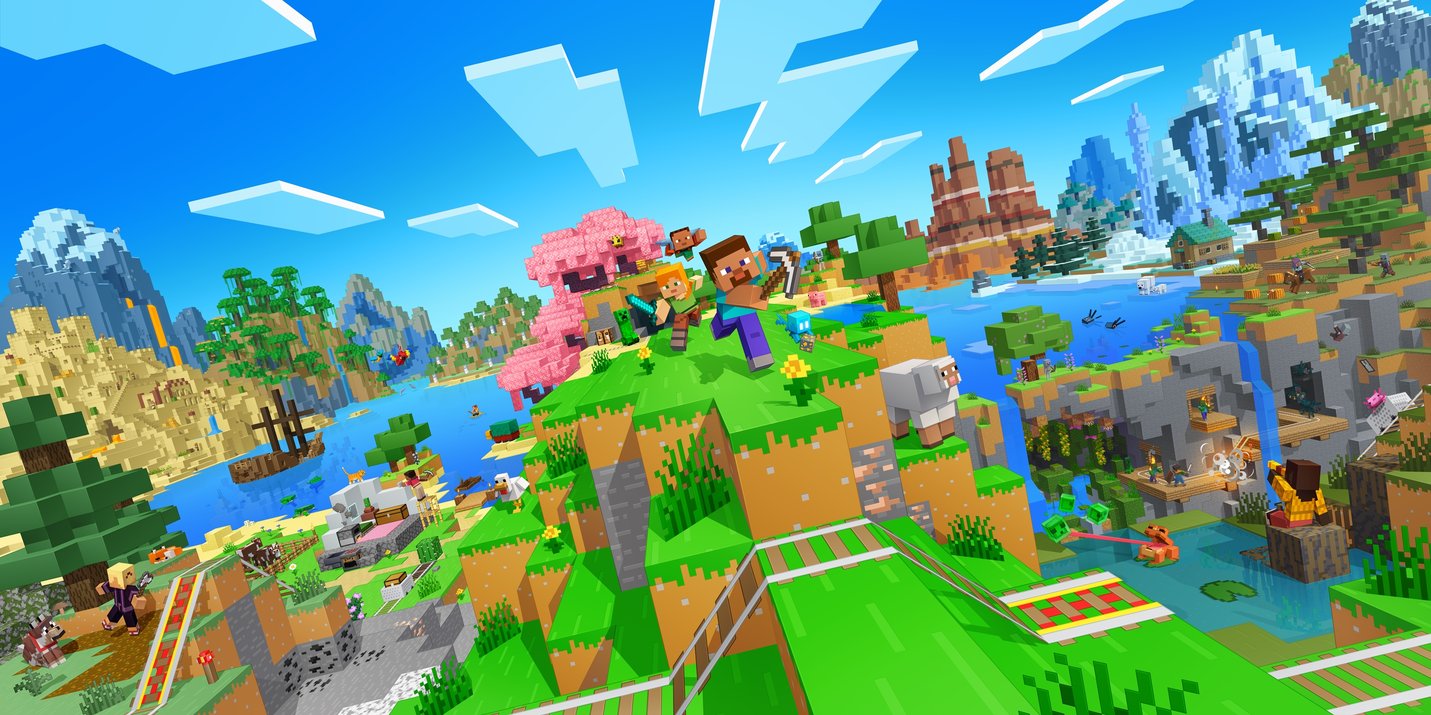
- Some videogames are what are described as ‘open world’ or ‘sandbox’ games. Minecraft is a great example of a sandbox game. Research these terms and add a definition to your Games Glossary. Include some examples of these types of games and consider how their stories may be structured.
Character and representation
- Many videogames include characters that could be described as a positive representation, reflecting beneficial or inspirational ideas, values or traits. What might such a character look like or what ideas/values might they reflect? Present these ideas in words or through drawing.
- Provide an analysis of a character from a videogame that you believe is a positive representation. Name the character, game and context (time and place) of its creation. In your analysis, consider the ways the following codes and conventions have been applied in constructing the representation:
- acting, such as voice acting, character movement and expressions
- mise en scene or visual composition, including size, shape, colours used
- sound, such as dialogue spoken by the character or musical themes associated with them
- character arc, including their journey, growth and transformation
During your visit
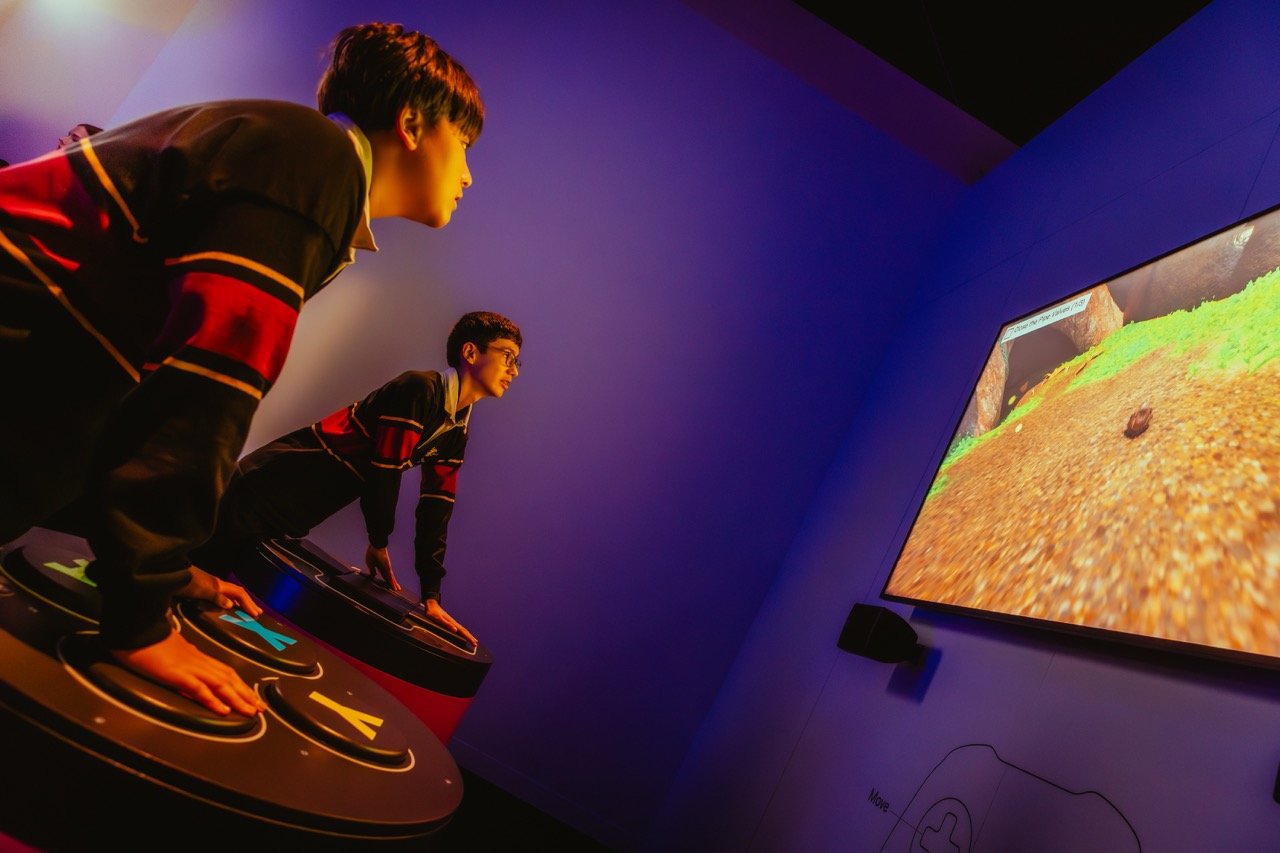
While visiting the exhibition, we encourage you to learn and explore through playing, and watching others play and interact with the games and installations. Take the chance to play a new game for the first time and think about the appeal of new content for audiences. Pay attention to:
- physical elements built into the exhibition (e.g. projected ceiling, terrain room etc.) and what this adds to your understanding/experience of a game
- the stages, tasks and roles that are part of the production process of game design
- evolution of a game/s as the result of technological change
- industry and artistic differences between indie games such as Hollow Knight and AA/AAA games such as Final Fantasy and Elder Scrolls
After visiting
After your visit to Game Worlds, students may be inspired to think up their own videogame worlds and environments. They may also take inspiration from the different types of game world types, perspectives they saw in the exhibition, as well as from the emotions these worlds evoke in us.
You can download the ideation activity below as either A4 or A5.
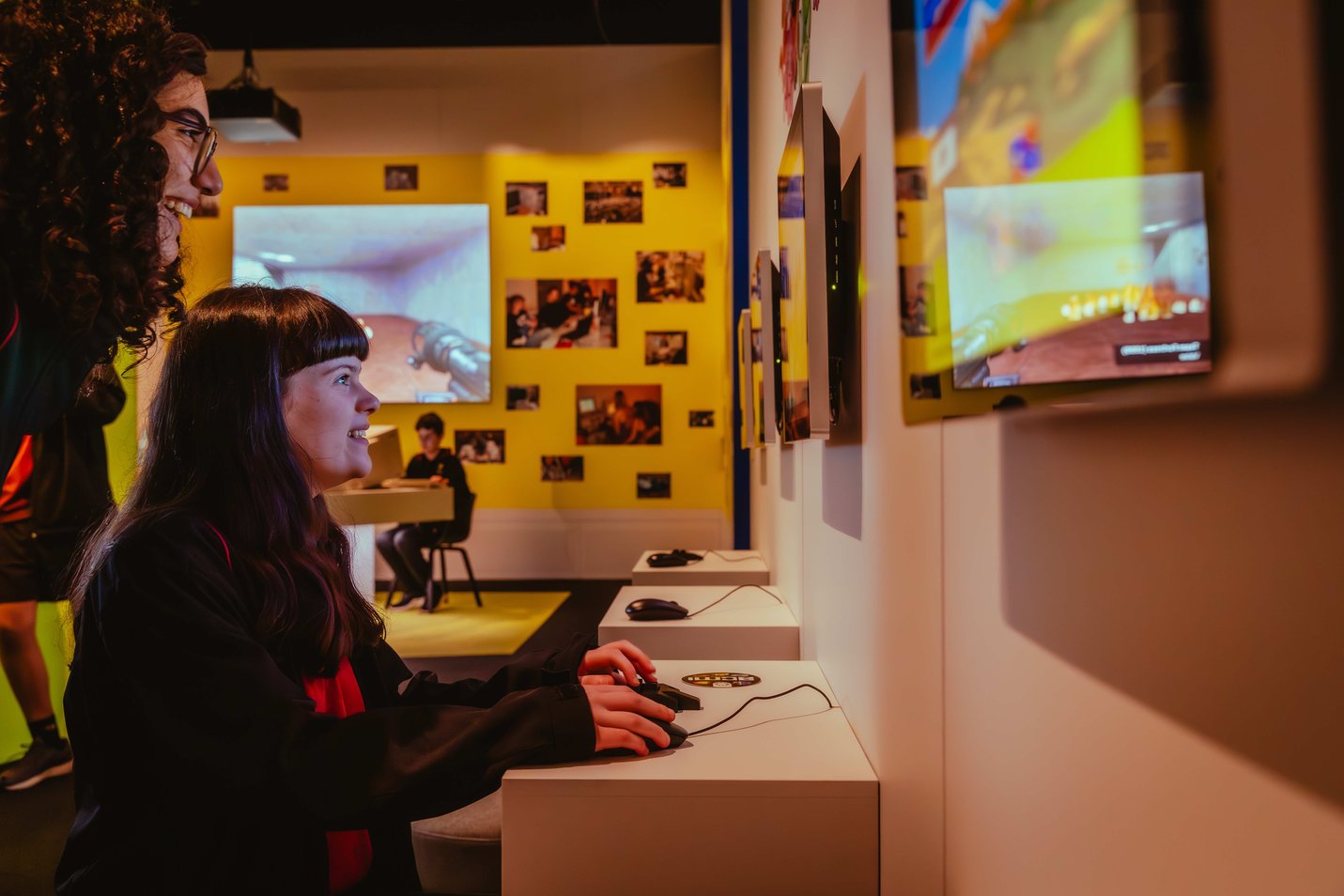
Reflection
Which aspects of the exhibition were most effective at helping you understand games as media, and which were less effective? Was there a physical or design element of the exhibition that changed the way you thought about a game? Explain.
- What new things did you learn about the game design or production process that you hadn’t considered before?
- Did any game challenge your assumptions about how games are made or played? Explain.
- What are some of the differences you noticed between indie games (e.g. Hollow Knight) and AAA games (e.g. Final Fantasy) in terms of creativity, production, and industry context? Did anything in the exhibition challenge your assumptions about indie vs AAA games?
- How did watching others play differ from playing yourself? What does this reveal about games as a social medium?
- Think about a specific game that you watched being played by others. What patterns or behaviours did you notice when others played the game? How did players interact with the game and with each other? What stood out to you about the way people played or responded to the game? What can you infer about the game from the way different players approached it?
Extend your learning
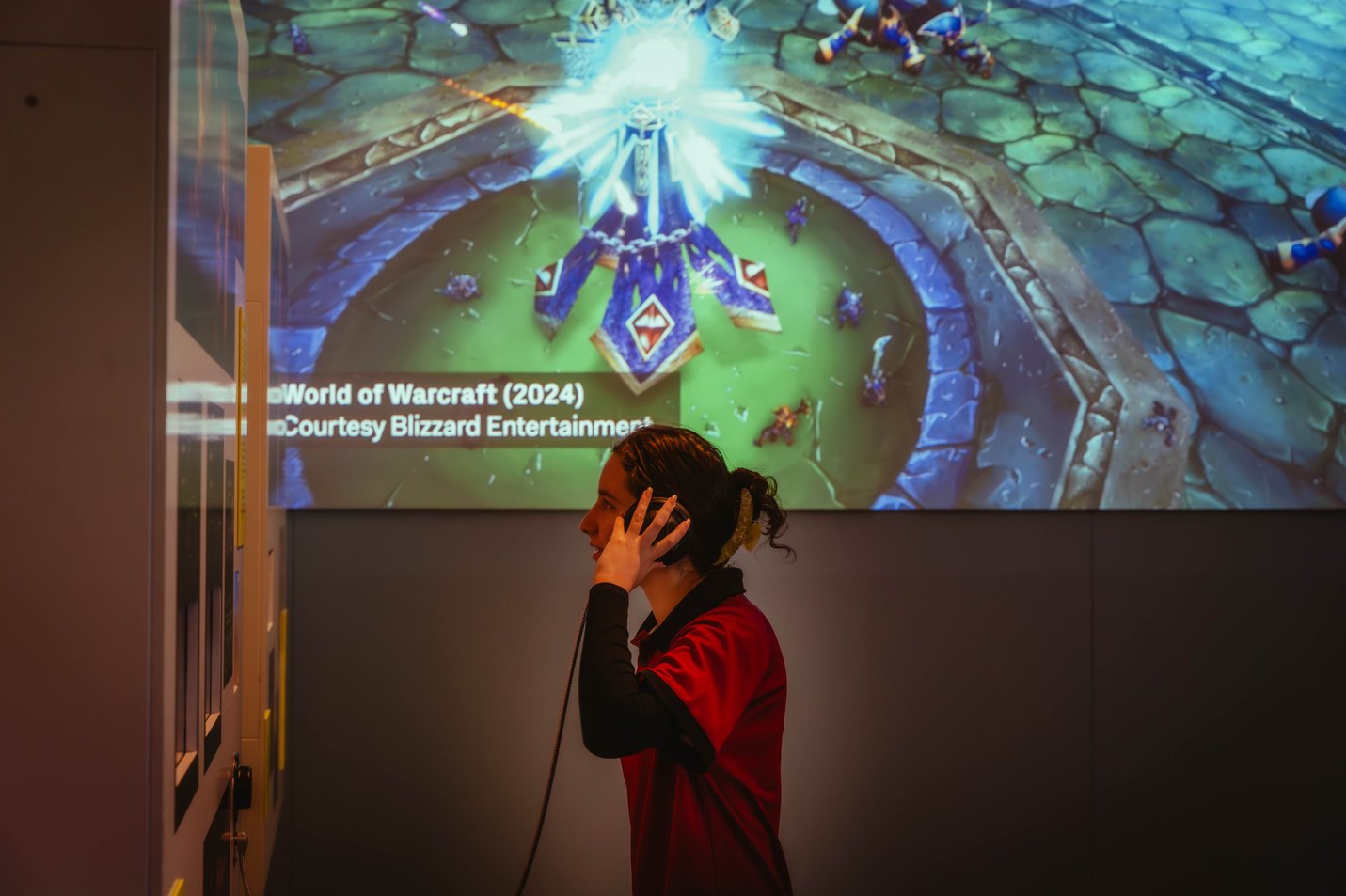
Game communities
Watch the documentary, The Remarkable Life of Ibelin (2024, M rated) on Netflix which uncovers the secret (and very positive) online life of a young World of Warcraft gamer after his death. Following this, develop a response that explores:
- the genre and style of the game World of Warcraft and how it can provide a channel for self-expression and positive representation
- the benefits of gaming for players/audiences (consider both the documentary’s content and other research)
- techniques used to tell the story and recreate aspects of Mats Steen’s/Ibelin’s life throughout the documentary
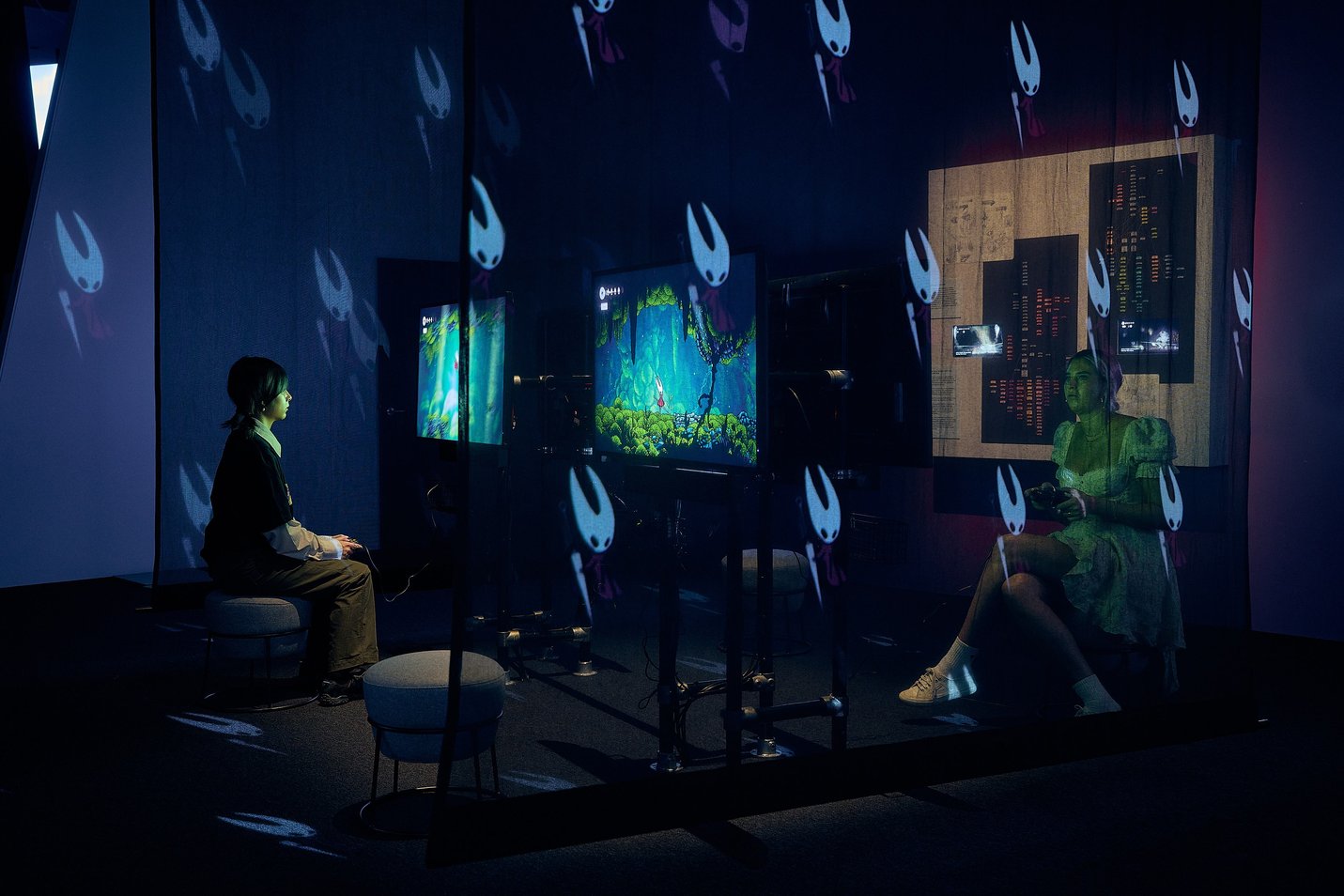
Game Production & Industry
The production process for every videogame, from development to distribution, can vary greatly. This is due to a number of economic and industry factors that may impact not only a games’ creation but also its distribution. Evaluate the factors that can create differences between videogames. To do so:
- Read this article, which examines the difference between indie, AA and AAA videogames.
- Select two videogames (one indie and one AA or AAA). Familiarise yourself with these, both by playing them and by researching the contexts of their production (e.g. where, when and by who was the game made) and distribution (e.g. the platforms and engines used to share the game).
- Analyse the economic (e.g. budget or funding) and industry (e.g. development and production) practices behind each game. Evaluate how these impact both the content of the game and the player/audience experience.
Production Process
Investigate the production process of a videogame. It could be one you saw in Game Worlds, or ACMI's permanent exhibition The Story of the Moving Image, or one of your own choice.
- Use words and imagery to outline the tasks that are undertaken in each of the five stages of the media production process of this game: development, pre-production, production, post-production, distribution. (See below for some of the development sketches used by Team Cherry when designing Hollow Knight.)
- Identify and explain the roles of at least three people who would be involved in the production process, outlining their required skills and the tasks they would complete in particular stages.
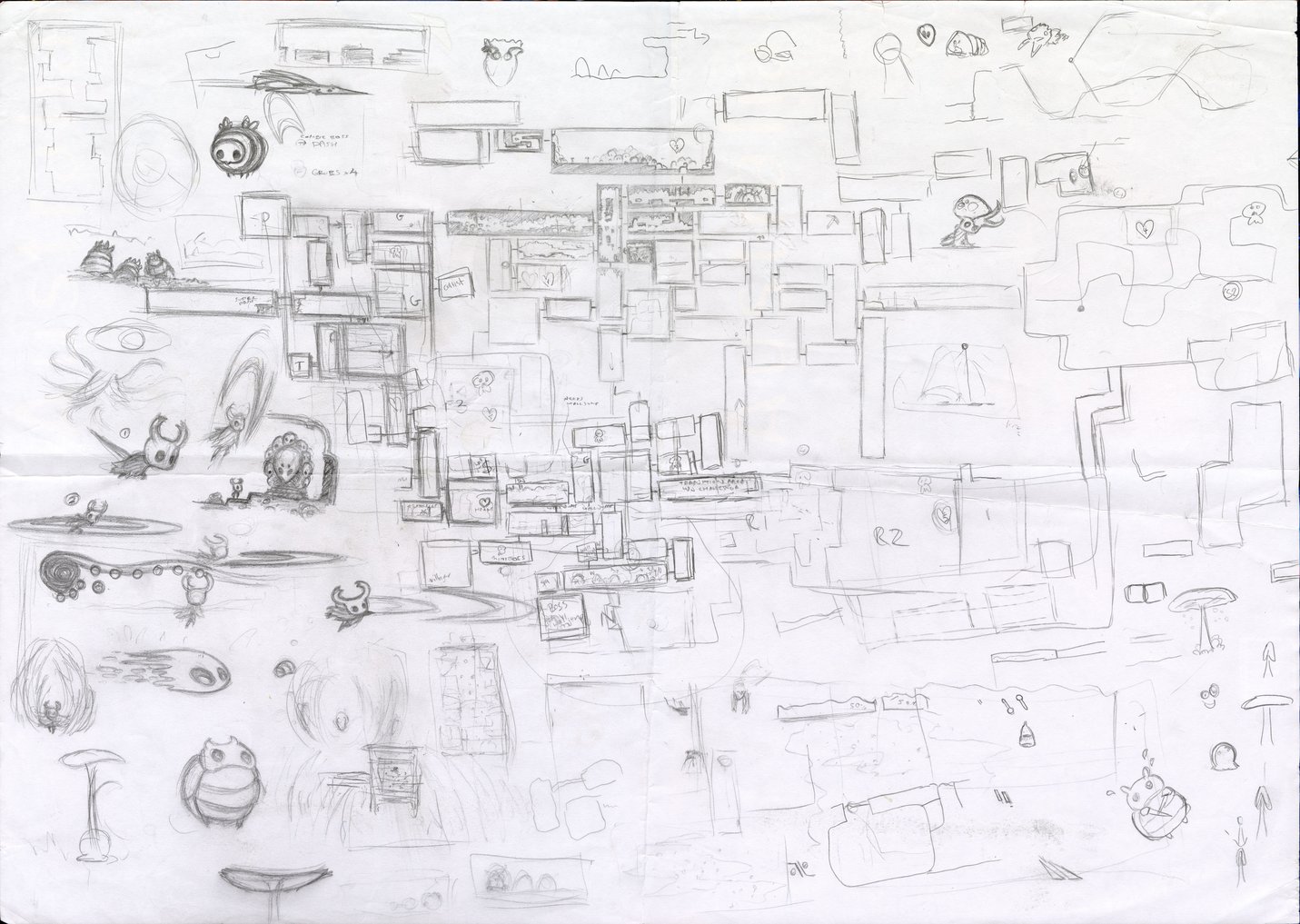
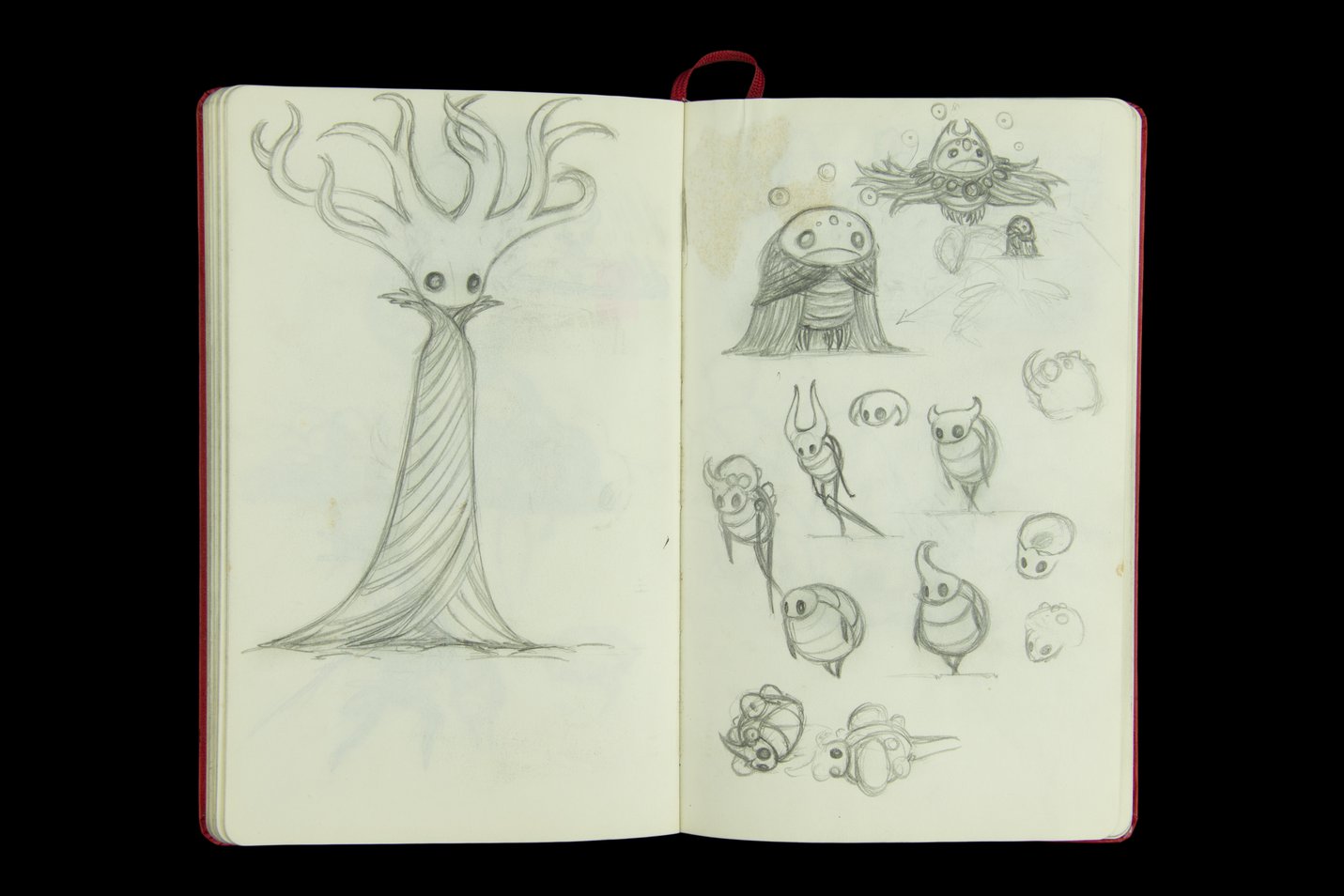
Industry issues
Analyse how one of the following legal, ethical or social issues has impacted the videogames industry in recent years:
- Monetisation in videogames
- Representation and diversity in videogames
- Cyberbullying and harassment in videogames
- Research your chosen issue, providing an outline of relevant concerns and the audience/s affected. Develop a list of suggestions or guidelines that could help lead to safer and more positive industry practices.
Game Design Project
Working alone or in a group, plan your own original game.
- start with a physical hand-drawn map of the game’s world (use the map in the image below as inspiration) and a defined goal for the player.
- Then use available technology and software to begin designing some mock-ups of the intended user interface (e.g. character designs, maps, menu or inventory pages) to show what the game may look like if created.
- Use this website for inspiration and to explore what is stylistically conventional for games of particular genres.
